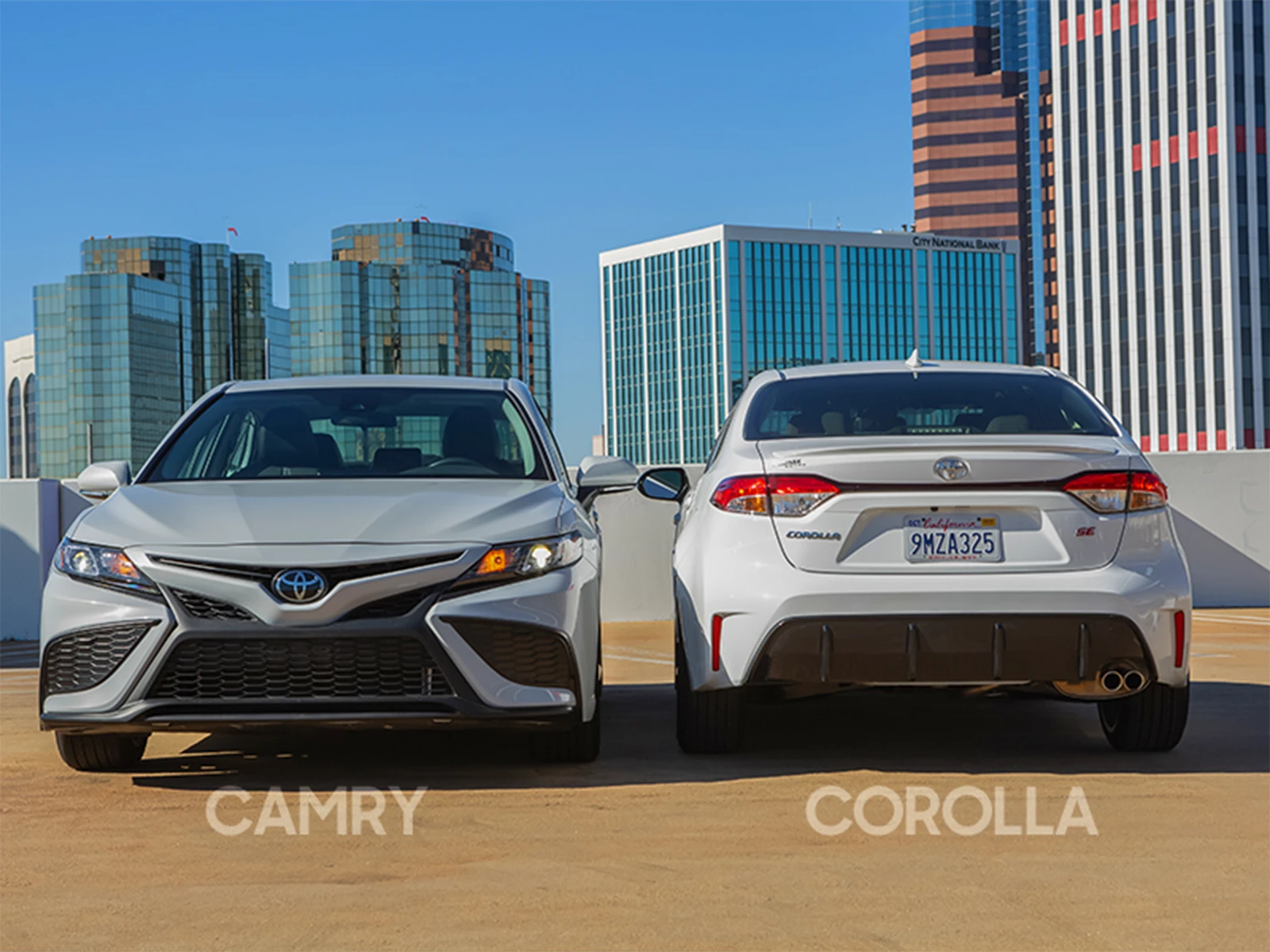One of these minivans might just be the perfect used vehicle for your family.
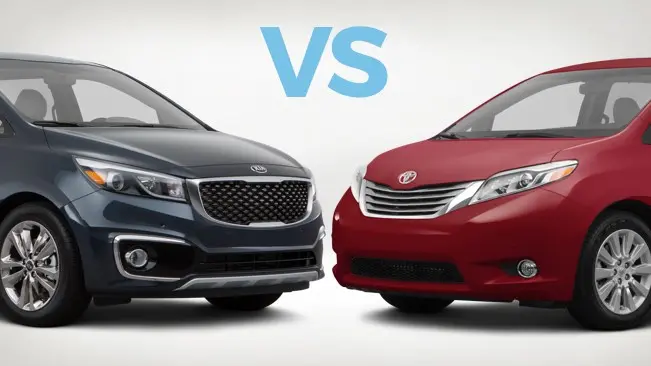
Minivans have long been a go-to vehicle for car shoppers who want a flexible auto capable of transporting cargo and people. Compared with SUVs, minivans on the whole can deliver better fuel efficiency and more storage space. The Kia Sedona and the Toyota Sienna have a lot in common, but which of these vans is right for you? Review the specs of these two minivans side by side to learn whether the Kia or the Toyota has what you're seeking in a family minivan.
Who drives these cars?
Minivans have always been a popular choice for families who need larger vehicles to accommodate everyone. While owners are often couples with kids, minivans also work well for business travelers who want something roomy to take on the road or singles or couples with large dogs who need something with plenty of space for pets. Minivans appeal to the same market folks who like station wagons and crossovers, yet they offer superior functionality and flexibility inside. While oldermodel minivans may lack the fancy amenities common in other vehicles, newermodel vans can be surprisingly sporty.
The Kia Sedona

Kia might not be the brand you think of as a market leader when it comes to minivans, but the Sedona has several distinct advantages in its class. First launched in 2002, the Sedona continued in production until 2006, when a second-generation Sedona sold through 2012. After a year off, the Sedona came back on the market with fresh styling. The Kia Sedona's main selling points are its storage space, comfortable ride, and trim options.
Where it excels
High-tech for the minivan market
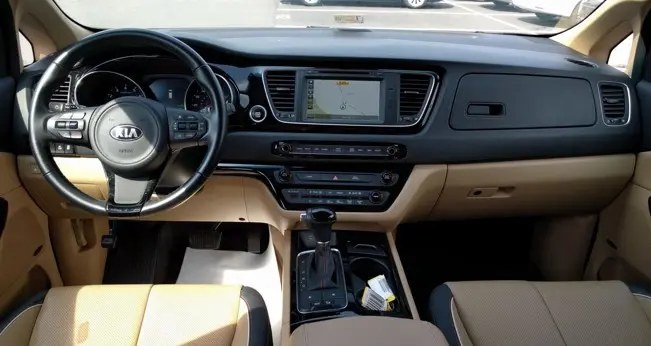
Technological advances like a backup camera have made cars easier to drive. The Sedona offers more of the shiny tech features – both practical and elegant – most car shoppers want. In newer models, you'll find a panoramic sunroof that opens up the sense of space and a refrigerated glove box for all those family road trips. Rear parking sensors help you park even when your view is obstructed. If you're used to having these features in a car and you’re upgrading to a minivan, you'll enjoy the extra convenience.
Personal and storage space
Any minivan worth its salt has to deliver on storage and passenger space – otherwise, what's the point of buying a van? The Kia van excels here with comfortable seating for seven. The middle row offers cushy armchairs, and there's a back bench that folds into the floor for ease in transporting cargo. Built-in cubbies give you plenty of space to stash snacks, backpacks, and necessities. All told, the Kia Sedona offers 142 cubic feet of cargo space.
Where it needs improvement
Smarter styling
Across the class, styling is an issue. People don't want to be minivan drivers, often because these vehicles can have stale styling. The Sedona in particular is overdue for a refresh, and the style "mini makeover" for the 2014 edition did not go far enough to truly update this offering.
Stronger engine
The Kia Sedona was never known for its powerful handling. The latest generation comes with a 276-horsepower, 3.3-liter V6 engine and an automatic transmission that some car experts have called "slow to shift." While you may not notice it while you're running errands around town, the Sedona takes a long time to get up to highway driving speeds. If you want a fast vehicle with good pickup, you might be able to do better elsewhere.
The Toyota Sienna
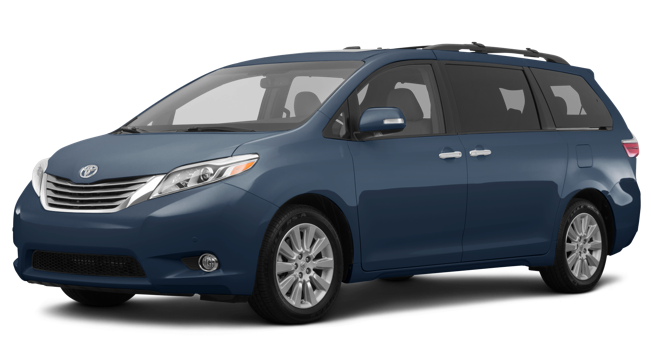
A favorite in its class since its debut in 1998, the Toyota Sienna will appeal to many minivan shoppers. Older Siennas are somewhat cramped for passenger space, but the latest versions are roomier. Toyota has updated the vehicle several times since its launch, with each upgrade improving the van's looks and abilities. Top selling points for the Sienna include its driving performance and trim options.
Where it delivers
Plenty of options
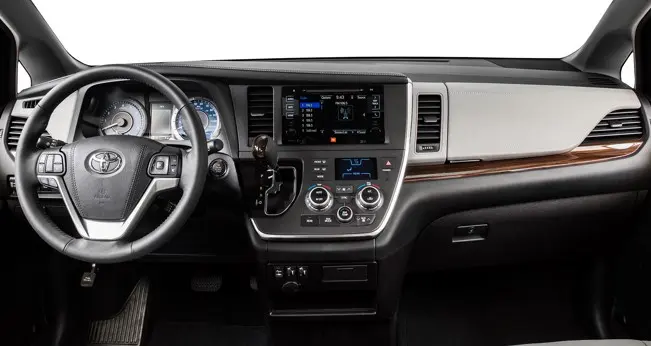
New minivan shoppers can choose a Toyota Sienna with five trim options: the base L, LE, SE, XLE, and Limited. SE, XLE, and Limited also come in Premium trim versions. Upgrading from base to L gets you Bluetooth® and a rearview camera, while choosing LE gets you a power-sliding rear door. If you want a minivan with sporty styling, the SE delivers with heated seats, leather upholstery, and a sporty makeover. Premium versions of the Toyota minivan come with rear-seat entertainment systems, sunroof, and other upgrades. The Toyota Sienna has a higher base price than the Kia’s, and you'll pay more for custom trim. If you're shopping for second-generation models, you'll still enjoy plenty of trim options. For second-generation Siennas, the CE or LE trim options should meet most of your needs.
Powerful engine
The Sienna is the clear winner here. All levels of the latest model come with a 3.5-liter V6 engine that delivers 296 horsepower with an eight-speed automatic transmission. The Sienna is the only minivan you can find in the US today with all-wheel drive, so if you want a minivan that can handle tough winters or rugged terrain, this is your best bet.
If you're in the market for an older Sienna, look at the 2006 to 2010 models. Older models don't have quite the same engine specs as the latest editions, but they will still outperform the Sedona.
Roomy interior
The Toyota Sienna is very comfortable, even in the bench seats. Parents will love how the Sienna's center section bench slides to better accommodate a car seat. There are even some trim models that have power-folding seats for ease in reconfiguring the minivan for cargo. Passengers like the Sienna for its smooth ride and quiet interior cabin.
Where it falls short
Pricing
The Toyota Sienna costs more, on average, than other minivans, and there's no getting around this fact. While a high-end Sienna will have more features than a high-end minivan from Kia, Chrysler, or other automakers, the typical minivan shopper will have to decide for themselves if the Sienna is worth the extra cost.
Flexibility
Compared to the Sedona, the Sienna can be difficult to configure if you want to change around the seats or remove them altogether. If you regularly switch back and forth between cargo and passengers you may be better served by a minivan that is more flexible, so you can change up the configuration in minutes. Wasted time spent configuring the Sienna's interior adds up over the lifetime of the minivan.
Side-by-side comparison
Ultimately, the Kia Sedona and Toyota Sienna are more alike than they are different. They have the same fuel economy, for instance – 18 mpg in the city and 25 mpg on the highway. That's fairly good for the minivan class, which lags behind cars in fuel economy. They also can seat seven people (some Sienna models seat eight).
Overall, the Kia Sedona is a great buy and many shoppers will find that it's perfectly adequate for their needs. It offers many of the same features for a lower price point than the Toyota van, and this is going to be a strong selling point for some car shoppers.
The Toyota Sienna's trim options and superior acceleration make it a strong buy for those who aren't car shopping on a budget. If you're interested in the latest gadgets and gear from an automaker with a reputation for performance, this is a great buy.
The bottom line
Only you can decide which of these vans is right for you. Dig into the specs and take both for a test drive. While you can't go wrong with either choice, one of these vans may be more your style.




